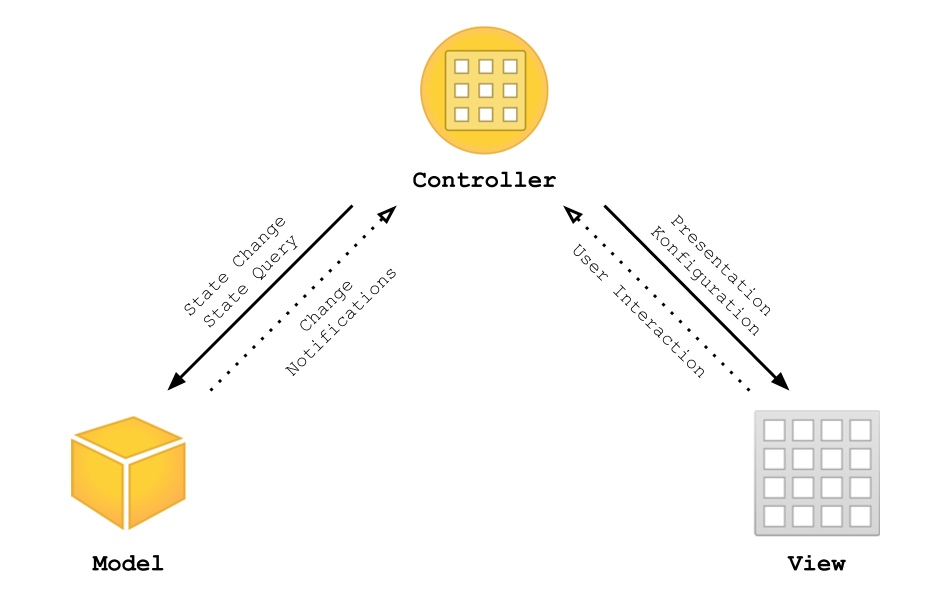Tactile gravitational waves
A 3D-printing code I created in 2021.
Code to generate images of black-hole binary simulations that can be 3D-printed.

A 3D-printing code I created in 2021.
Code to generate images of black-hole binary simulations that can be 3D-printed.

A prototyping code I created in 2021.
Python library to prototype spectral and discontinuous Galerkin methods methods for solving elliptic partial differential equations.

A visualization code for gravitational wave data I created in 2020.
This Python package uses the ParaView scientific visualization toolkit to produce 3D renderings of gravitational wave data from a numerical simulation or a waveform model.

An interactive iPad visualization I created in 2018.
In this Swift playground book you can make gravitational waves visible and control the visualization of this elusive radiation emitted by two inspiraling and merging black holes.

A series of interactive iPad simulations I created in 2017.
In this Swift playground book you’ll explore the physics of black holes in Albert Einstein’s theory of general relativity with three interactive simulations on your iPad. Discover the possible trajectories of test particles around a Schwarzschild source, explore the optical effects that occur when a massive object lenses a background light source and watch two black holes merge to hear the gravitational waves they produce in the process.
An online course I created in 2016 for Heidelberg University.
This course gives an introduction to scientific programming with Python for first-year physics students beginning their lab course at Heidelberg University.

A vector plotting utility I created in 2016.
This utility assists in producing vector plots with Python’s matplotlib plotting library for seamless typesetting in LaTeX documents.
A LaTeX package I created in 2015.
Delight readers of your LaTeX document or thesis with a flipbook effect when they rapidly flick through the printed pages or the PDF.

A Swift logging framework I created in 2015.
This framework allows developers to replace their print logging by Evergreen’s versatile functions to dynamically adjust the verbosity of specific parts of their program, log to multiple destinations (such as files) with custom formatting and easily measure time. Evergreen logging is great to use in any Swift project, but particularly useful when developing a framework, since it gives its users granular control over the output the framework generates. Evergreen is inspired by Python’s excellent logging module and architected for Swift.

A lecture series I held in 2015 at Heidelberg University.
The lecture Software development for iOS gives an introduction to modern application development with an integrated development environment (IDE), the object-oriented programming language Swift and the construction of user interfaces, exemplary for mobile apps on the iOS platform.